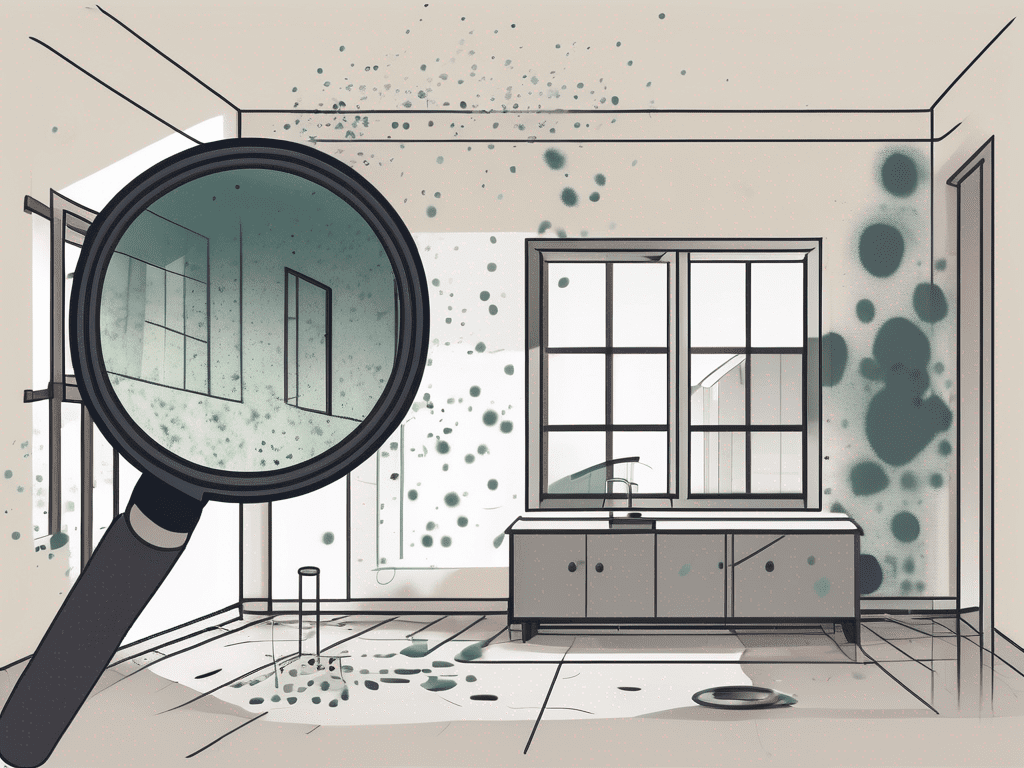As the homeowner’s advocate, we at IAQ Works think it’s important to explain concepts and terms that frequently arise in HVAC-related discussions. Source control is one of the five core IAQ control strategies. The others are purification, ventilation, humidity control and filtration. Before we discuss source control-related terms you need to know, let’s break down the concept of source control.
What Is Source Control?
Source control is the most efficient and effective of the five core IAQ control strategies. Why? It eliminates the source of indoor air pollution altogether! More often than not, source control is the first line of defense because it is quick, easy and cost-effective.
Source control requires the identification and modification or removal of the source. For example, if you find that one of your cleaning products is contributing to poor indoor air quality, you have two options. When cleaning with said product you may open windows and doors to create ventilation. Or, you may throw the product away and purchase a new product that does not contribute to poor indoor air quality. The latter option is a source control step.
Unfortunately, certain sources are out of your control. For example, a nearby oil refinery or power plant. Even though certain sources are inevitable, there are still plenty of options for homeowners looking to improve and protect indoor air quality.
When discussing source control with an HVAC professional, it’s important to know and understand the following source-control related terms.
 Source Control: Indoor and outdoor air pollution sources are everywhere, literally! In order to be rid of them, it’s important to know what they are and where they can be found →
Source Control: Indoor and outdoor air pollution sources are everywhere, literally! In order to be rid of them, it’s important to know what they are and where they can be found →Common Source Control-Related Terms Defined
1. Volatile Organic Compounds
Volatile organic compounds (VOCs) can be natural or man-made chemical compounds. They have high vapor pressure and low water solubility. In other words, they evaporate easily but do not dissolve easily. These compounds are often found in building materials, furniture, office equipment, cleaning products and other sources. Volatile organic compounds are toxic and may cause headaches, nausea, fatigue and irritation of the eyes, nose and throat among other symptoms.
2. Particulate Matter (PM)
Particulate matter, also known as particle pollution, is a mixture of solid particles and liquid droplets that are airborne. There are three sizes: PM10, PM2.5 and PM0.1. PM10 refers to inhalable particles that are 10 micrometers in diameter or smaller. PM2.5 refers to fine inhalable particles that are 2.5 micrometers in diameter or smaller. Similarly, PM0.1 encompasses the finest particulate matter particles at 0.1 micrometers in size and smaller. Particulate matter is toxic and may cause nonfatal heart attacks, irregular heartbeat and aggravated asthma attacks among other symptoms.
3. Ozone
Ozone is a natural and man-made gas found in Earth’s upper and lower atmospheres. Composed of three oxygen atoms, ozone is highly reactive. Ground-level ozone is found in Earth’s lower atmosphere. Ground-level ozone forms when sunlight reacts with VOCs and nitrogen oxides. If you’ve ever experienced “smog” then you’re familiar with ozone. Exposure to ground-level ozone may result in negative health effects including but not limited to coughing, sore throat and worsening asthma symptoms.
4. Environmental Protection Agency
In 1970, President Richard Nixon established the Environmental Protection Agency (EPA). The purpose of the EPA is to protect human and environmental health. This is achieved through the enforcement of standards and laws. More specifically, the agency regulates the manufacturing, processing, distribution and use of pollutants. They also regulate the presence of pollutants in food, animal feed and water. Those who do not comply with the EPA’s standards and laws are met with fines and sanctions.
5. Emissions
Emissions are waste products discharged by sources. For example, vehicle exhaust is an emission.
6. Source
A source refers to the origin of an air pollutant or pollutants. For example, there are mobile, stationary, area and natural sources.
7. Air Pollutant
An air pollutant is a material in the form of a gas, liquid or solid. Whether natural or man-made, they negatively affect human health and the environment. Common air pollutants include carbon monoxide, lead, nitrogen oxides, ground-level ozone, particulate matter and sulfur oxides.
8. Air Pollution
The result of biological, chemical and physical agents contaminating indoor and outdoor air.
9. Sick Building Syndrome
When building occupants experience negative health effects that cannot be explained, but are seemingly related to time spent in the building, this is referred to as sick building syndrome (SBSB). As a culprit, the issue may be widespread or localized. Therefore, some building occupants may feel ill while others do not.
10. Air Contaminant
An air contaminant is a material present where it should not be or at concentrations above expected normal background levels. They are not an inherent threat to human health and the environment, unlike air pollutants.
11. Dust
Dust is a mixture of hair, dead skin cells, soil, pollen, dirt, fibers, dust mites and other solid particles. With regard to size, dust ranges from 0.5 to 100 microns.
12. Indoor Air Pollutant
An indoor air pollutant is a material in the form of a gas, liquid or solid. A pollutant is an indoor air pollutant if it affects indoor air quality. This means it can originate indoors or outdoors. Indoor air pollutants include cleaning products, pesticides and asbestos as well as dust mites, mold, tobacco smoke and the like.
A Lesson in Source Control
Some homeowners find HVAC and IAQ jargon confusing, and that’s okay! As the homeowner’s advocate, we’re here to help you understand everything there is to know about indoor air quality. Today, you learned about source-control related terms. Keep this knowledge in your back pocket, that way you’re prepared next time you speak with a local technician or research the benefits of IAQ solutions.






